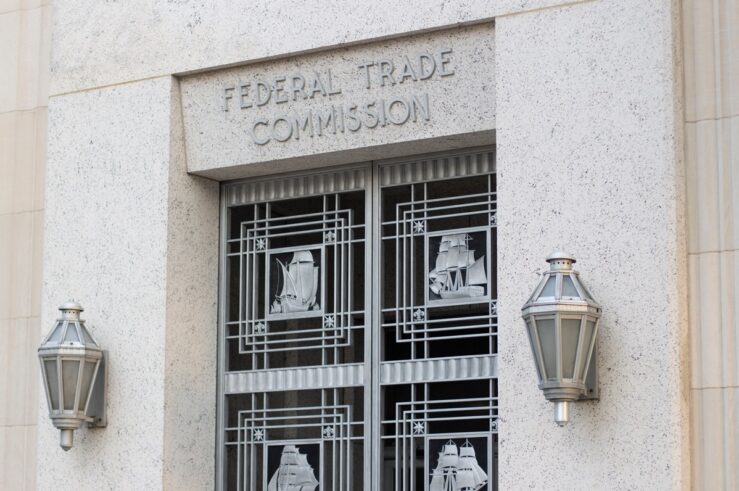Patent reform legislation is under serious consideration by the Senate and House of Representatives, a mere four years after the America Invents Act of 2011 (AIA) brought about a major overhaul of United States patent law. A primary goal of current legislative efforts is the reining in of “patent trolls” (also called “patent assertion entities”), that is, firms that purchase others’ patents for the sole purpose of threatening third parties with costly lawsuits if they fail to pay high patent license fees. A related concern is that many patents acquired by trolls are “poor quality,” and that parties approached by trolls too often are induced to “pay up” without regard to the underlying merits of the matter.
In a Heritage Foundation paper released today (see http://www.heritage.org/research/reports/2015/07/a-measured-approach-to-patent-reform-legislation), John Malcolm and I briefly review developments since the AIA’s enactment, comment on the patent troll issue, and provide our perspective on certain categories of patent law changes now being contemplated.
Addressing recent developments, we note that the Supreme Court of the United States has issued a number of major decisions over the past decade (five in its 2013–2014 term alone) that are aimed at tightening the qualifications for obtaining patents and enhancing incentives to bring legitimate challenges to questionable patents. Although there is no single judicial silver bullet, there is good reason to believe that, taken as a whole, these decisions will significantly enhance efforts to improve patent quality and to weed out bad patents and frivolous lawsuits.
With respect to patent trolls, we explain that there can be good patent assertion entities that seek licensing agreements and file claims to enforce legitimate patents and bad patent assertion entities that purchase broad and vague patents and make absurd demands to extort license payments or settlements. The proper way to address patent trolls, therefore, is by using the same means and methods that would likely work against ambulance chasers or other bad actors who exist in other areas of the law, such as medical malpractice, securities fraud, and product liability—individuals who gin up or grossly exaggerate alleged injuries and then make unreasonable demands to extort settlements up to and including filing frivolous lawsuits.
We emphasize that Congress should exercise caution in addressing patent litigation reforms. Despite its imperfections, the U.S. patent law system unquestionably has been associated with spectacular innovation in a wide variety of fields, ranging from smartphones to pharmaceuticals. Thus, in deciding what statutory fixes are appropriate to rein in patent litigation abuses, Congress should seek to minimize the risk that changes in the law will have the unintended consequence of weakening patent rights, thereby undermining American innovation.
We then turn to assess proposals dealing with heightened patent pleading requirements; greater patent transparency; case management and discovery limits; stays of suits against customers; the award of attorneys’ fees and costs to the prevailing party; joinder of third parties; reining in abusive demand letters; post-grant administrative patent review reforms; and minor miscellaneous reforms. We conclude that many of these reforms appear to have significant merit and could prove useful in reducing the costs of the patent litigation system. Nevertheless, there is a serious concern that certain reform proposals would make it more difficult for holders of legitimate patents to vindicate their rights. In addition, as is the case with all new legislation, there is the risk that novel legislative language might have unintended consequences, including the effects of future court decisions construing the newly-adopted language.
Accordingly, before deciding to take action, we believe that Congress should weigh the particular merits of individual reform proposals carefully and meticulously, taking into account their possible harmful effects as well as their intended benefits. Precipitous, unreflective action on legislation is unwarranted, and caution should be the byword, especially since the effects of 2011 legislative changes and recent Supreme Court decisions have not yet been fully absorbed. Taking time is key to avoiding the serious and costly errors that too often are the fruit of omnibus legislative efforts.
In sum, careful, sober, detailed assessment is warranted to ensure that further large-scale changes in U.S. patent law advance the goal of improving the U.S. patent system as a whole, with due attention to the rights of inventors and the socially beneficial innovations that they generate.
A Measured Approach to Patent Reform Legislation
Alden Abbott, A Measured Approach to Patent Reform Legislation, Truth on the Market (July 14, 2015), https://truthonthemarket.com/2015/07/14/a-measured-approach-to-patent-reform-legislation/




